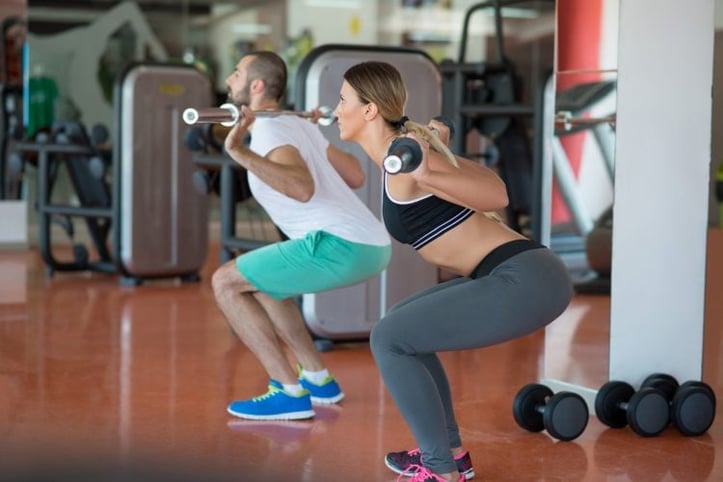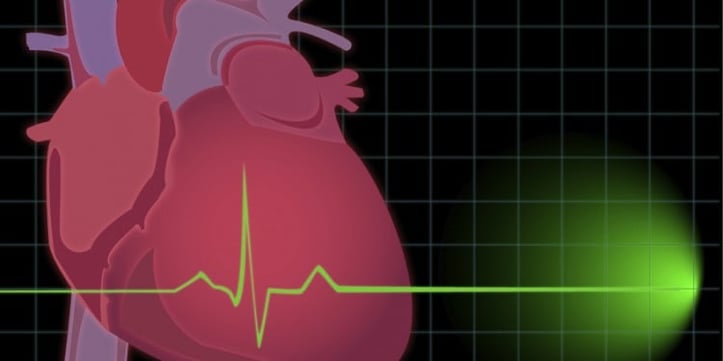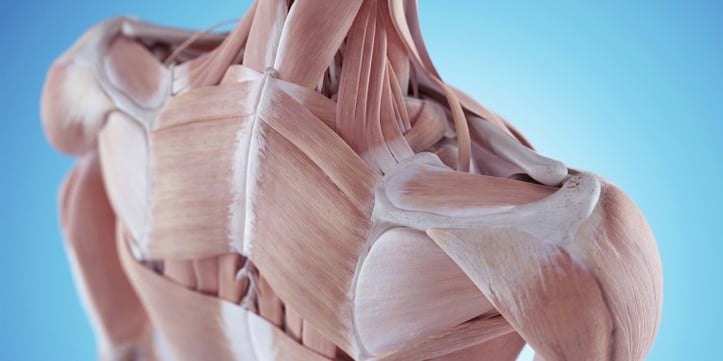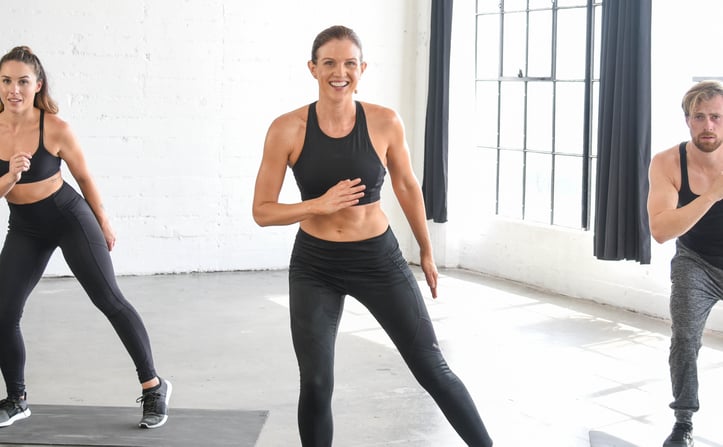
Introduction
Peripheral Heart Action Training (PHA) is a unique exercise method that combines strength training and cardiovascular exercise to improve overall fitness and health. Developed by Dr. Arthur Steinhaus in the 1940s, PHA has gained popularity in recent years as a effective way to burn calories, build muscle, and improve cardiovascular function.
What is Peripheral Heart Action Training?
PHA is a type of circuit training that involves performing a series of exercises that target different muscle groups in a specific order. The exercises are designed to be performed in a continuous, flowing motion, with minimal rest between sets. This helps to keep the heart rate elevated and the blood flowing throughout the body, which is why it is called "peripheral heart action".
Benefits of Peripheral Heart Action Training
There are many benefits to incorporating PHA into your workout routine. Some of the key benefits include:
- Improved cardiovascular health: PHA is a great way to improve cardiovascular function by increasing heart rate and blood flow throughout the body. This can help to lower blood pressure, reduce the risk of heart disease, and improve overall cardiovascular health.
- Increased muscle endurance: PHA involves performing a series of exercises that target different muscle groups in a specific order. This helps to increase muscle endurance and strength, which can lead to improved performance in other activities.
- Burns calories: PHA is a high-intensity exercise that can help to burn a lot of calories in a short period of time. This makes it a great option for people who are looking to lose weight or maintain a healthy weight.
- Time-efficient: PHA is a time-efficient exercise that can be completed in a relatively short period of time. This makes it a great option for people who have busy schedules and don't have a lot of time to spend in the gym.
- Fun and challenging: PHA is a fun and challenging exercise that can help to keep you motivated and engaged in your workout routine. It is a great way to switch up your routine and add some variety to your workouts.
How to Incorporate Peripheral Heart Action Training into Your Workout Routine
Incorporating PHA into your workout routine is relatively easy. Here are some tips to help you get started:
- Choose the right exercises: When choosing exercises for your PHA workout, it is important to choose exercises that target different muscle groups in a specific order. This will help to ensure that you are working all of the major muscle groups in your body and getting a full-body workout.
- Start slowly: If you are new to PHA, it is important to start slowly and gradually increase the intensity of your workouts over time. This will help to prevent injury and ensure that you are able to perform the exercises correctly.
- Use proper form: When performing the exercises in your PHA workout, it is important to use proper form to prevent injury and ensure that you are getting the most out of your workout. If you are unsure how to perform an exercise correctly, it is a good idea to consult with a qualified fitness professional.
- Rest between sets: While PHA is designed to be performed with minimal rest between sets, it is still important to take a short break between sets to allow your body to recover. This will help to prevent fatigue and ensure that you are able to perform the exercises with proper form.
- Increase the intensity over time: As you get stronger and more fit, you can gradually increase the intensity of your PHA workouts by adding more exercises, increasing the weight or resistance, or decreasing the rest time between sets.
Example Peripheral Heart Action Training Workout
Here is an example of a PHA workout that you can try:
- Warm-up: 5 minutes of light cardio (such as jogging in place or jumping jacks) and dynamic stretching (such as leg swings and arm circles).
- Squats: 10 reps
- Push-ups: 10 reps
- Lunges: 10 reps (each leg)
- Biceps curls: 10 reps
- Triceps dips: 10 reps
- Plank: 30 seconds
- Rest for 30 seconds
- Repeat the circuit 3-4 times
- Cool-down: 5 minutes of light cardio (such as walking or cycling) and static stretching (such as holding a stretch for 30 seconds).
Conclusion
Peripheral Heart Action Training (PHA) is a unique exercise method that combines strength training and cardiovascular exercise to improve overall fitness and health. It is a great way to burn calories, build muscle, and improve cardiovascular function. If you are looking for a new and challenging way to workout, PHA may be a good option for you. However, it is important to consult with a qualified fitness professional before starting any new exercise program to ensure that it is safe and appropriate for you.

Fit vs Fat: Decoding Health's True Ruler

Pump Up Your Heart: Science-Driven Weight Loss

Wellness Technology: Your Path to Sustainable Weight Loss

A Sensible Guide to Dietary New Year's Resolutions

Prevent Shoulder and Rotator Cuff Injuries with Corrective Exercises

Overcome Fitness Plateaus: 4 Tips for Success

10 x 10 Thanksgiving Day Circuit: A Fitness Guide

Unleash Your Fitness Potential with Kit Rich's Training Secrets

The Future of Fitness: A Guide for Beginners to Intermediates

